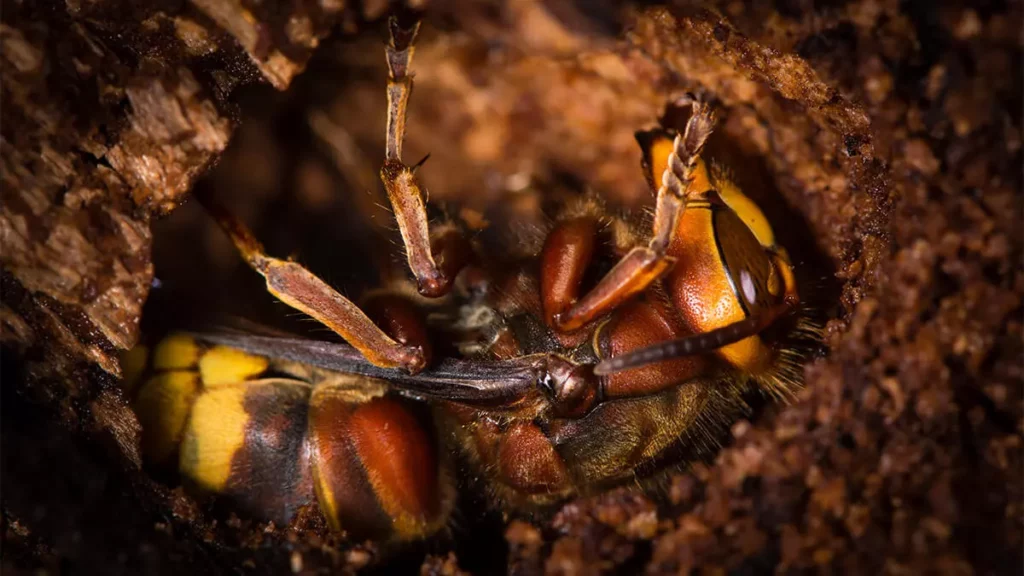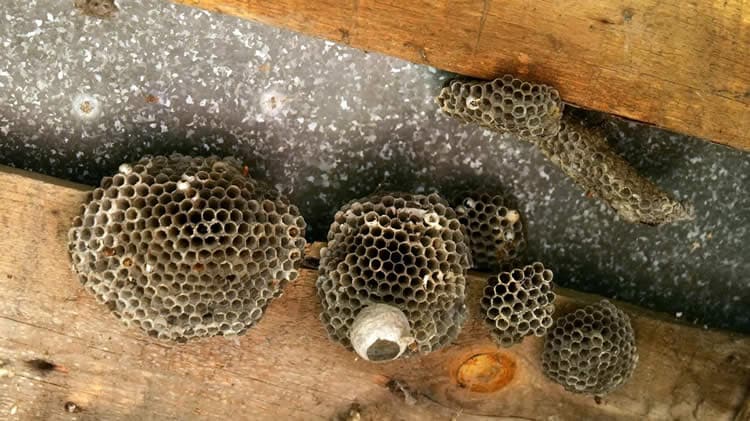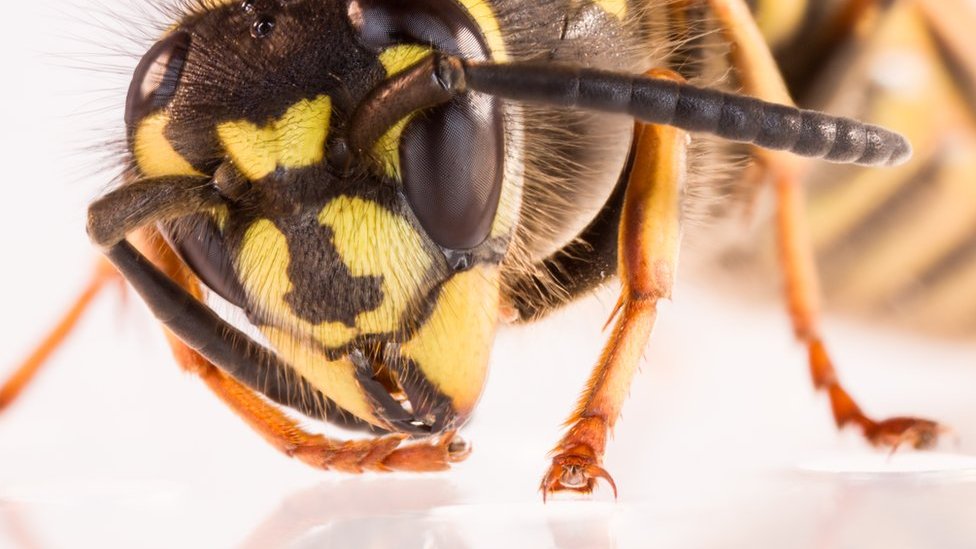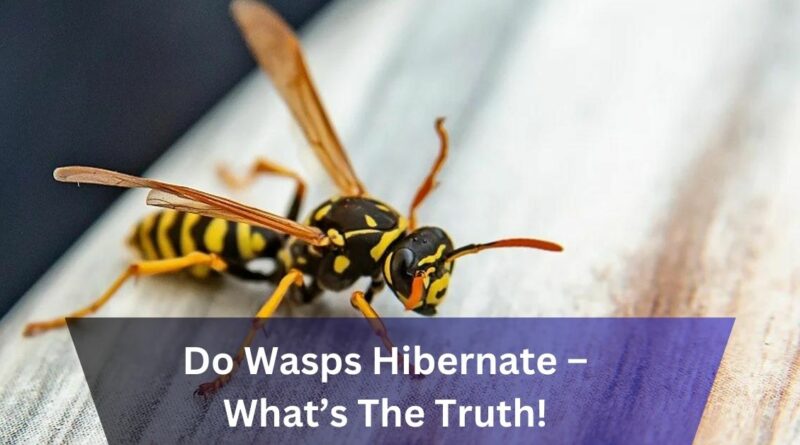Do Wasps Hibernate – What’s The Truth!
When the weather gets cold and everything outside seems to slow down, you might wonder: what happens to wasps? Do they disappear or do they have a secret plan for winter?
Yes, some wasps hibernate in winter. Only the queen wasp survives by hibernating, while workers and the old queen die off. The new queen emerges in spring to start a new colony.
Let’s take a closer look at how wasps handle the cold months by going into hibernation. It’s a story of survival
Do Wasps Hibernate During the Winter Months?
- Yes, certain species of wasps do enter a state of hibernation during the winter months. This is a critical survival strategy for these insects as they face adverse environmental conditions such as cold temperatures and limited food sources during this time.
- Indeed, hibernation is a survival mechanism employed by some species of wasps to endure the harsh conditions of winter. During this period, wasps seek out sheltered locations such as underground burrows or crevices in trees or buildings where they can remain dormant until warmer weather returns.
- Absolutely, wasps exhibit a behavior known as hibernation during the winter months, albeit in a slightly different manner compared to other animals. While some animals enter a deep sleep-like state known as torpor, wasps enter a state of dormancy where their metabolic activity slows down significantly.
When Do Wasps Begin Hibernating?

As autumn’s crisp air settles in and daylight hours diminish, wasps begin their preparations for the impending cold of winter. Typically, these industrious insects start their hibernation process in late autumn, coinciding with the onset of cooler temperatures and diminishing food sources.
Thus, This strategic timing allows them to conserve energy during the winter months when resources are scarce, ensuring their survival until the arrival of spring brings more favorable conditions for activity and foraging.
Read: Peter Tuchman Net Worth – Let Us Explore The Financial Success Of A Wall Street Icon!
Where Do Wasps Hibernate?
Wasps seek out sheltered locations to hibernate during the winter months, finding refuge in various secluded spots to protect themselves from the harsh elements. Common hibernation sites for wasps include underground burrows, crevices in trees, or even within buildings. These locations provide insulation and protection from the cold, allowing wasps to conserve energy and survive until warmer temperatures return in the spring.
How Do Wasps Survive Hibernation?
- Wasps enter a state of dormancy during hibernation.
- Their metabolic rate decreases significantly to conserve energy.
- Wasps may cluster together in groups to maintain warmth.
- This clustering helps reduce heat loss and conserve energy.
- The queen wasp relies on stored fat reserves to sustain herself during hibernation.
- These fat reserves provide the necessary energy until spring arrives.
- In spring, the queen emerges from hibernation to establish a new colony.
Why Do Only Some Wasps Hibernate?

Not all wasps hibernate during the winter months. Only the queen wasp and, in some cases, select reproductively active females survive the winter through hibernation. Worker wasps and the old queen typically perish as temperatures drop, completing their lifecycle within a single season. This division of labor ensures the survival of the species by preserving reproductive individuals.
What Happens to Wasp Colonies During Hibernation?
As winter approaches, wasp colonies undergo significant changes. Worker wasps cease their activities, and the colony gradually disintegrates. The queen wasp, however, prepares for hibernation, ensuring the survival of the next generation by producing new queens and males before entering dormancy herself. This process allows for the continuation of the species’ lifecycle and the establishment of new colonies in the spring.
Do All Species of Wasps Hibernate?
While hibernation is a common survival strategy among many species of wasps, not all exhibit this behavior. Some species have adapted alternative strategies to survive the winter, such as migrating to warmer climates or overwintering in protected habitats. These variations in behavior reflect the diverse adaptations of wasps to different environmental conditions and ecological niches.
Read: Henry Aronofsky – Let’s Discover His Identity!
What Triggers Wasps to Come Out of Hibernation?

Conseuquently, Wasps emerge from hibernation in response to environmental cues signaling the arrival of spring. Warmer temperatures, increased daylight hours, and the availability of food sources prompt the queen wasp to awaken from dormancy and begin the process of establishing a new colony. This emergence marks the beginning of the active phase of the wasp lifecycle, characterized by foraging, nest-building, and reproduction.
How Long Do Wasps Remain in Hibernation?
The duration of wasp hibernation varies depending on environmental factors such as temperature and daylight hours. Typically, wasps remain in hibernation throughout the winter months, emerging from dormancy in the spring when conditions are favorable for activity and reproduction. However, the exact duration of hibernation may vary among species and geographic regions.
FAQs:
Are wasps harmful during hibernation?
While dormant during hibernation, wasps pose minimal risk to humans as they are not actively seeking food or defending their nests. However, caution should still be exercised when encountering hibernating wasps to avoid disturbing them unnecessarily. It’s best to leave them undisturbed until they naturally emerge in the spring.
Can I safely remove a wasp nest during winter?
It is generally safe to remove a dormant wasp nest during winter when the insects are inactive. However, it is advisable to wait until spring when wasp activity resumes, as the nest may still contain viable eggs or larvae. Additionally, take precautions to protect yourself from stings by wearing protective clothing and using appropriate removal methods.
How can I prevent wasps from hibernating in my home?
To discourage wasps from hibernating in your home, seal off potential entry points such as gaps in walls, windows, and doors. Additionally, consider installing screens or mesh barriers to prevent access to attics, crawlspaces, and other sheltered areas. Regular inspection and maintenance of your property can help identify and address potential nesting sites before wasps become established.
To Wrap Up:
Wasps have a cool way of surviving winter by hibernating. This helps them stay safe during the cold and bounce back in the spring. Understanding how they do this shows how tough and adaptable they are. By being nice to them and letting them do their thing, we can live together happily and understand how they help nature. Whether they’re hiding in the ground or in our houses, wasps remind us that everything in nature is linked and why having lots of different plants and animals is super important.”
Read Also:
